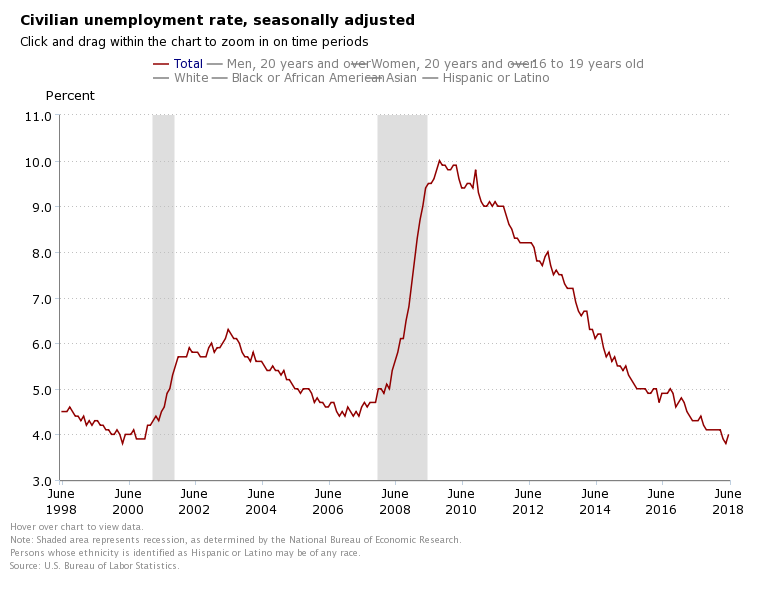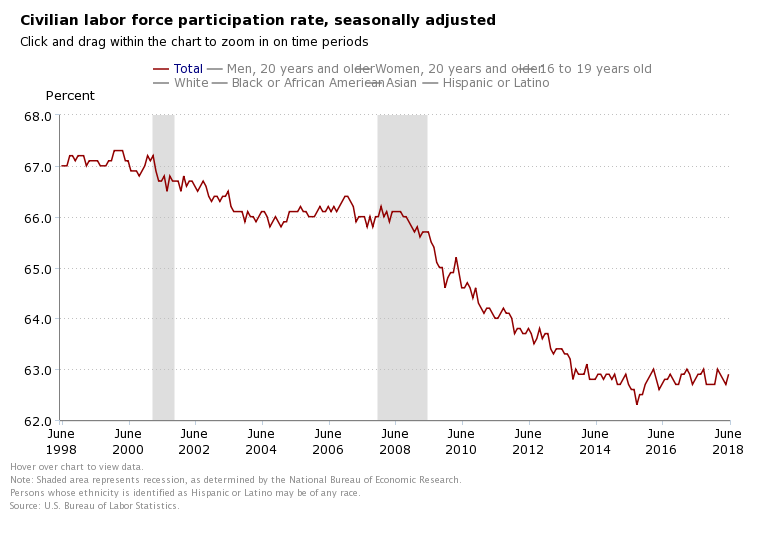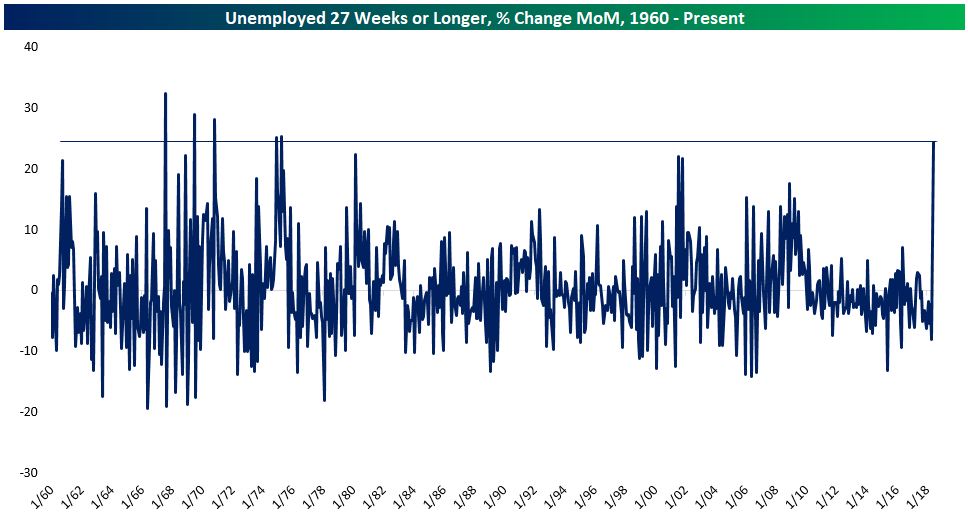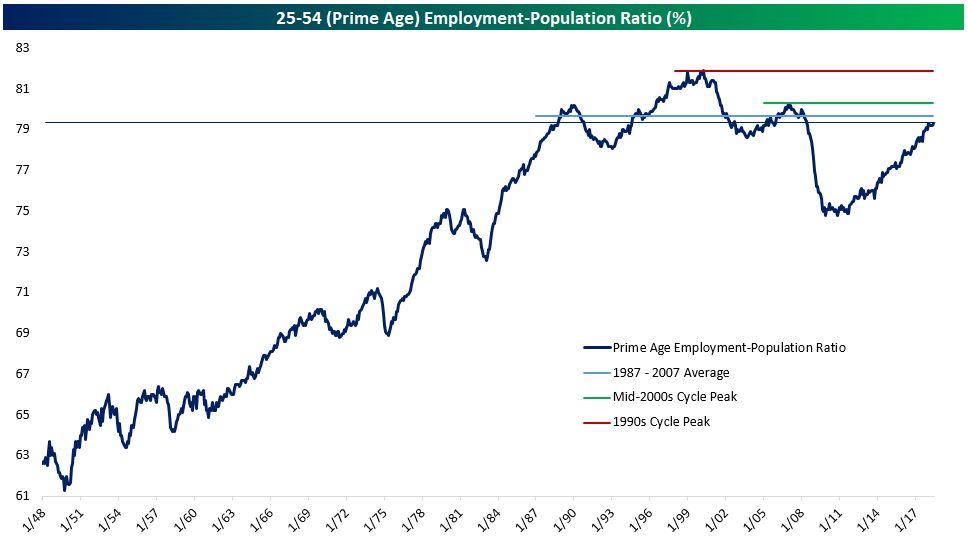When Bad News is Good News
I hope you all had a wonderful 4th of July holiday last week. For me, it was a good time to reflect on how lucky and grateful I am to be an American, and to start looking forward to a bit of vacation. My family will soon be heading up to Lake Tahoe for some "togetherness" and a race I'm running up in the mountains. I'll still be working and accessible but will be taking a break from posting for a couple of weeks.
Last week we saw some interesting and encouraging news from the labor market. The unemployment rate went up to 4%. Why is that good news? Isn't declining unemployment a sign of a healthy economy? I thought I'd take some time to explain.
I've previously written and talked about how so much of what we pay attention to as investors is counterintuitive. We want to buy when prices are low, sell when prices are high, and save when others are spending. We also want to see metrics like the unemployment rate go lower, but not so low as to indicate problems in the broader economy.
Following a major spike during the Financial Crisis, the so-called headline unemployment rate, or the number most often quoted by the media, had been declining for years as people laid off during '08 and '09 finally found a job in the improving economy. Unemployment hit 10% in October 2009, eventually coming all the way down to 3.8% in May. This is good news on the surface, but of course there is more to the story.
Even as people found jobs, others simply stopped looking due to a variety of reasons (retirement, discouraged about their prospects, etc), and dropped out of the full-time workforce altogether. As they dropped out the Bureau of Labor Statistics stopped counting them in the headline number and the Labor Force Participation Rate declined to historic lows. This helped the headline number decline faster than it otherwise might have. The following charts from the BLS illustrate this.
Continue reading...


This decline in people seeking full-time work is problematic in many ways, but recently it's been cited as a potential catalyst for an economic slowdown. Think about it this way. Our economy has been improving steadily since 2009 and the unemployment rate dropped below what most economists consider full employment (about 4.5%). Full employment means, at least on paper, that anyone looking for a full-time job should be able to find one. From the employer's perspective, posting a job should easily yield potential candidates.
But this hasn't been the case for many employers. In fact, employers in some industries have been bemoaning their inability to hire qualified workers. If this is happening and many folks still aren't seeking full-time employment eventually production slows, even after years of technological improvements enabling employers to do more with less. It still takes people to run the technology, right?
Maybe the word has finally started getting out. The ranks of the so-called long-term unemployed (unemployed for at least 27 weeks but still on the job hunt) spiked in June as workers who had previously given up the search came back into the fold.
The following chart from my research partners at Bespoke Investment Group illustrates this point. Now that these folks have started looking for work they get counted as "unemployed" by the BLS. This means they make it into the headline number and, viola, the unemployment rate goes up! (In case you miss it, it's the blue line all the way at the right of the chart - it's so straight it looks like a border!)

At a more granular level, we can also see that workers of "prime age" are also coming back into the workforce, which is important for obvious reasons and a good sign for the overall health of the economy.

So, we need more workers entering (and re-entering) the workforce to sustain the current economic expansion for as long as possible. Should this trend continue, it will be a good thing for the economy and will certainly be a good thing for worker's households. Wages are ticking up as well, so these households can hopefully expect the better cash flow and security that comes from steady employment. And yes, the economy can expect more spending.
As an aside, another reason it's so important to have more workers is the health of the Social Security system. Back in 1945 when benefit payments began in earnest there were approximately 42 Social Security-tax-paying workers for every beneficiary. Now there's about 2. Think about it. Two tax-paying workers for every beneficiary. We need as many people working and paying into the system as possible.
https://www.bespokepremium.com/think-big-blog/a-rare-result-the-good-kind-of-higher-unemployment/
https://www.bls.gov/news.release/empsit.nr0.htm
https://www.ssa.gov/history/ratios.html
Have questions? Ask me. I can help.
- Created on .



